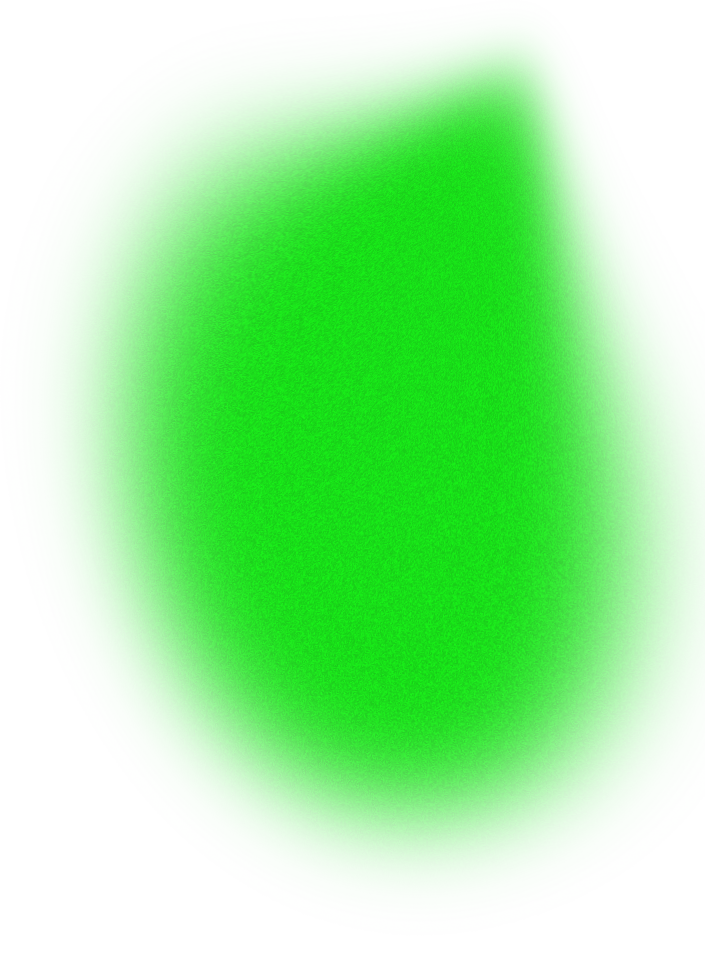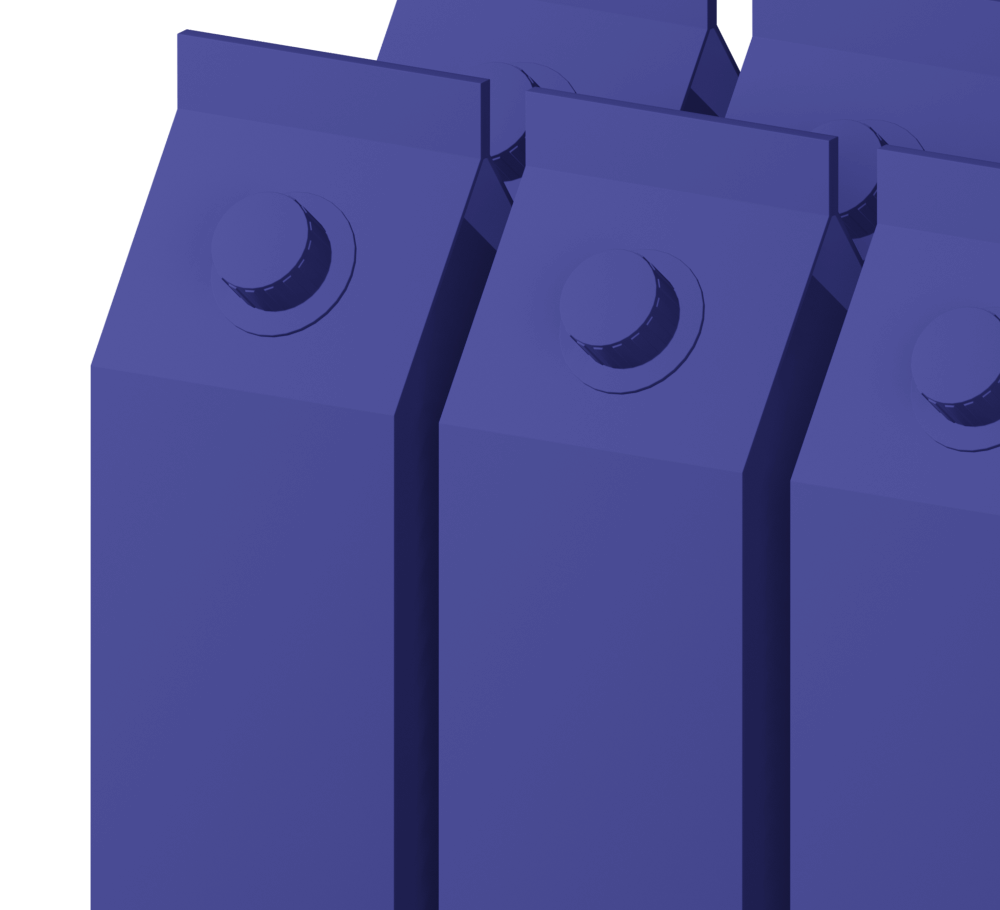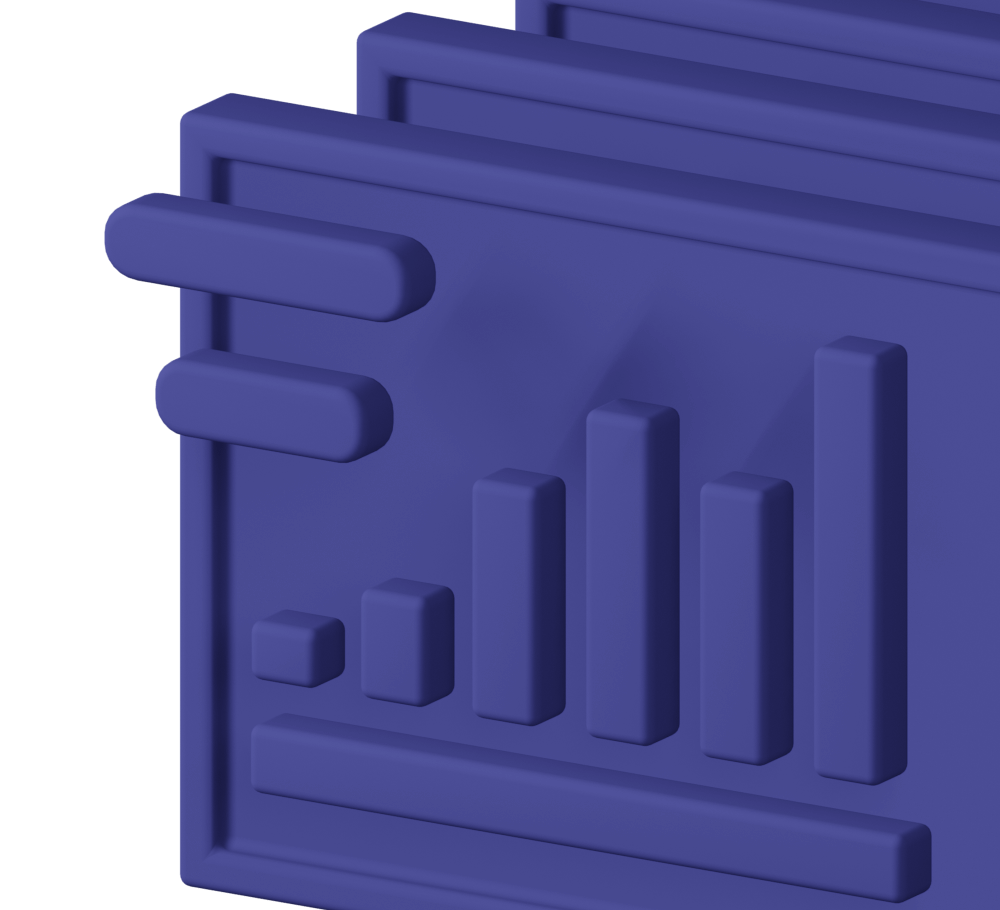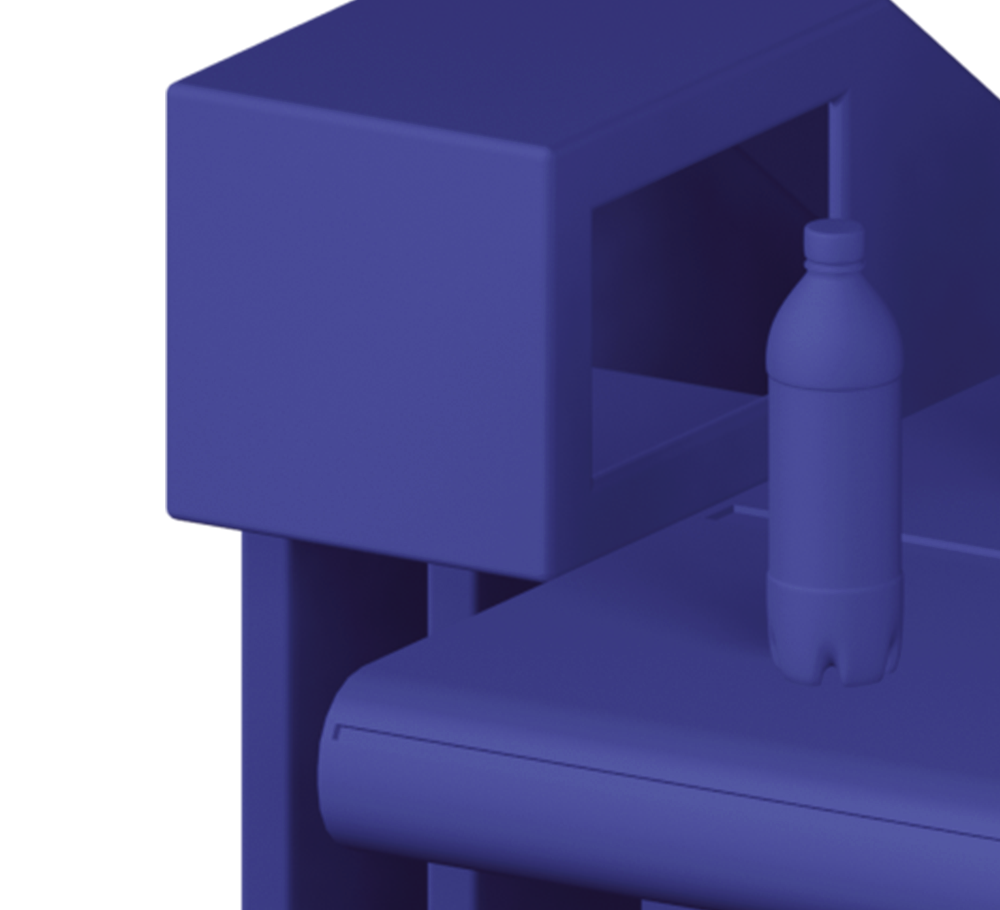
ODR by SmartMerch: Empowering Field Agents to Work Without Internet Connectivity
This summer, many regions in Russia faced mobile internet shutdowns, creating significant challenges for our clients — in-store visits by field agents became slower and more complicated.
Traditionally, SmartMerch services operate via server connection: an agent takes a photo of the shelves, uploads it to the system, and receives instant feedback with instructions for corrections.
Without internet, this process becomes much more time-consuming: the agent takes photos, then has to find a Wi-Fi spot to upload them. Only after that do they get server feedback — often far from the store — forcing them to return to make adjustments. In some cases, the results are only available once the agent is back at the office or at home.
We encountered such challenges even before the network disruptions. In FMCG, many stores are located in remote towns or in basement premises with weak or no reception. That’s why we began developing a solution over a year ago to allow agents to work offline — and launched it at exactly the moment our clients needed it most.
What is ODR and How It Works
ODR stands for On-Device Recognition — a service that processes image recognition directly on a mobile device (smartphone or tablet) using its own computing power, without relying on the cloud or remote servers.
We preload our recognition model into agents’ devices, fine-tuned for specific categories and SKUs. Now, instead of searching for a network, the agent can upload photos directly into the app on-site, and the system detects the same key metrics as our flagship SM Visor:
- Shelf numbers
- Product identification and counts
- POSM structures
- Pricing and price tag types
- Color-coded labels, and more
Key Advantages of ODR Over Server-Based Recognition
- Speed — On-device recognition is several times faster. Server processing depends on internet speed and can take 15–40 seconds; offline recognition on a capable device takes as little as 6 seconds.
- Real-time corrections — Agents can fix planogram deviations instantly, without leaving the store, ensuring KPI compliance during the visit.
- Higher daily productivity — No network dependency means faster visits, enabling more stores to be covered per day.
- System resilience — Even if the central server experiences downtime, ODR runs entirely on the device, ensuring uninterrupted operations.

Beyond Basic Recognition
ODR replicates SM Visor’s core functionality, including:
- KPI calculation
- Planogram compliance scoring
- Error flagging (e.g., poor camera angle, blurry images, glare on labels)
- Image stitching — combining multiple photos of a long shelf into a single image for full layout analysis
Switching between online and offline modes is seamless — if the network drops mid-visit, ODR automatically takes over.
We can also integrate ODR into third-party SFA systems, allowing companies to leverage our offline recognition without replacing their existing infrastructure.
Why ODR Wasn’t Part of SM Visor From the Start
Several years ago, mobile processors simply weren’t powerful enough to run recognition locally without overheating, draining batteries, or crashing apps. Today’s hardware allows us to deliver high-performance offline recognition optimized even for mid-range devices — without overloading their systems.
It’s important to note that ODR and SM Visor are separate products — they share functionality from a user’s perspective, but have completely different technical architectures.
Limitations of On-Device Recognition
While ODR matches SM Visor in speed and core functions, it does not replace server analytics entirely.
- Server systems can leverage the latest AI models, continuous training, and advanced logic to improve recognition accuracy.
- For example, if a product is turned away from the shopper, ODR may classify it as “unknown,” while SM Visor could infer its identity based on surrounding items.
In short:
- ODR is ideal for fast, network-independent visits.
- SM Visor is best for maximum accuracy and in-depth analytics.
- The most effective setup for many clients is a hybrid ODR + SM Visor workflow.
Implementation and Customization
When deploying ODR, we assess each client’s:
- Operational goals
- Product categories and SKUs
- Network coverage in target regions
- Device capabilities
We customize recognition models to detect your exact products and distinguish them from competitors, and can enable specialized features — such as detecting specific POSM formats or price tag types.
If you’d like to explore integrating ODR into your retail execution processes, contact our team — we’ll design the right feature set to deliver measurable impact for your business.







